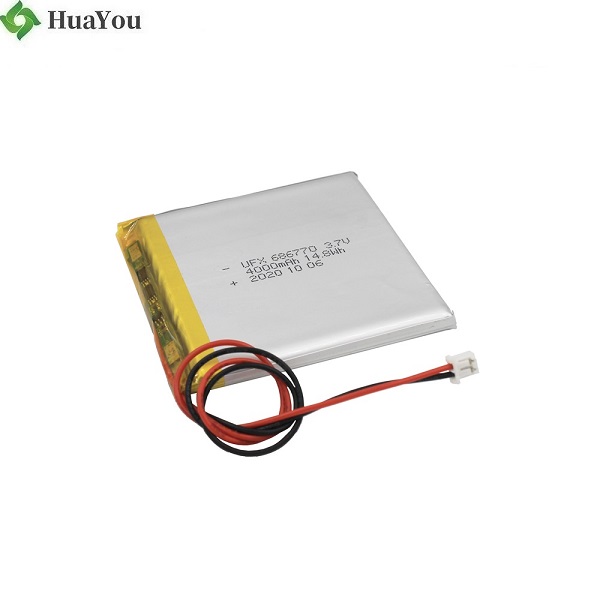The lithium cobalt oxide battery has a stable structure, high specific capacity, outstanding comprehensive performance, but poor safety and high cost. Mainly used for small and medium batteries, the nominal voltage of the battery is 3.7V. Regarding the safety performance analysis of lithium cobalt oxide batteries, we will explain in detail through the safety comparison of nickel manganate, lithium iron phosphate, lithium cobalt oxide and lithium manganate batteries:
1. Lithium nickel cobalt manganese oxide battery
The actual available theoretical ratio has been greatly improved. Compared with lithium cobalt oxide batteries, it can play a higher capacity role better, but from the material point of view, the ternary battery uses lithium nickel cobalt manganese oxide and organic electrolyte, which has not fundamentally solved the safety problem. If the battery is short-circuited, excessive current will be generated, causing safety hazards.
2. Lithium iron phosphate battery
The theoretical capacity is 170mAh/g, and the actual capacity of the material is 160mAh/g. In terms of safety, lithium iron phosphate has high thermal stability, low electrolyte oxidation capacity, and therefore high safety; but the disadvantages are low conductivity, large volume, large electrolyte consumption, large capacity, and poor battery consistency.
3. Lithium cobalt oxide battery
The biggest feature of the preparation is that after fully charged, the positive electrode still has a large amount of lithium ions remaining, which means that the negative electrode cannot accommodate more lithium ions attached to the positive electrode, but is in an overcharged state, and the excess lithium ions on the positive electrode will still swim. To the negative electrode, it cannot be completely contained and converted back to the negative electrode to form metallic lithium. Since metallic lithium is a dendritic crystal, it is called a dendritic crystal. Once the dendrite is formed, it will provide an opportunity to pierce the diaphragm, and piercing the diaphragm will cause an internal short circuit. Since the main component of the electrolyte is carbonate, the flash point and boiling point are low, and it will burn or even explode at higher temperatures. It is easier to control the formation of lithium dendrites on small-capacity lithium batteries. Therefore, lithium cobalt oxide batteries are currently limited to small-capacity batteries such as portable electronic devices, and cannot be used for power batteries.
4. Lithium manganate battery
The materials of lithium manganese oxide batteries have certain advantages. It can ensure that the lithium ions of the positive electrode can be completely embedded in the carbon pores of the negative electrode when it is fully charged, instead of having a certain residue in the positive electrode like lithium cobalt oxide, which fundamentally avoids the generation of dendrites. This is the theory. . In fact, if the lithium manganate battery encounters strong external forces or cut corners during the preparation process, it may cause the battery to form lithium ions and move quickly during the charge and discharge cycle. When the negative electrode has no time to fully accept lithium ions, dendrites are formed. The test when the battery leaves the factory should guarantee to avoid this kind of consequence. In short, a qualified lithium manganate battery generally does not cause safety accidents. Lithium manganate has a stable structure, and its oxidation performance is much lower than that of lithium cobaltate. Even if the external short circuit, it can basically avoid the combustion and explosion caused by the precipitation of metallic lithium.




